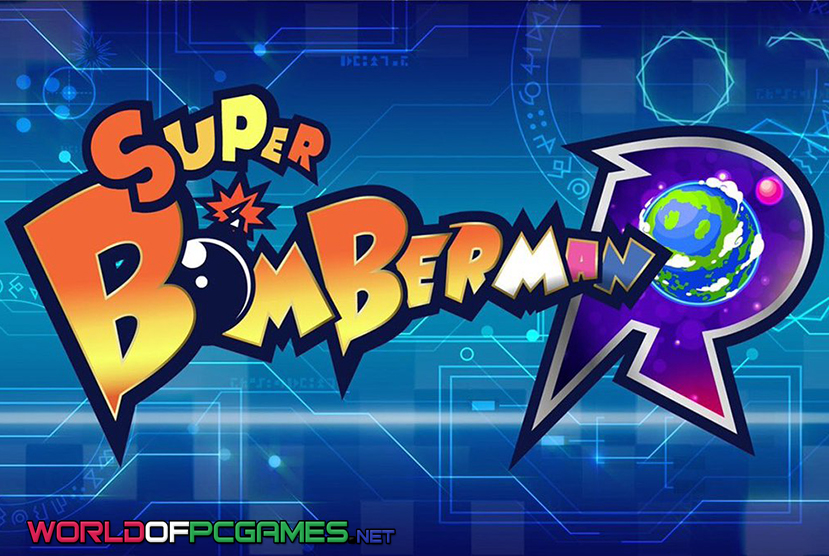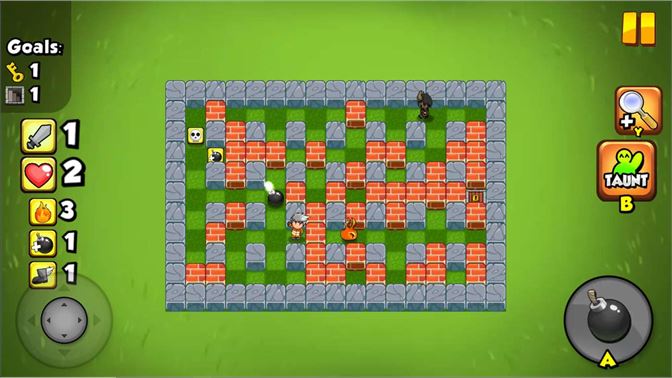

In 2004, this version of Bomberman was re-released for the Game Boy Advance as part of the Famicom Mini series in Japan and the Classic NES Series in North America and Europe. The game was also released on Game Boy as a "Game B" mode of the game Atomic Punk. Bomberman's appearance in this game ( Hudson Soft re-used an enemy graphic taken from their own 1984 NES/Famicom port of Broderbund's Lode Runner) is an early version of Bomberman's more famous design, a robotic anime-like character with a pink antenna. Hudson Soft's director of research and development, Shinichi Nakamoto, commented in a 1995 interview that "I personally believe that the Famicom version of Bomberman is the one and only version of the game." This version was ported back to the MSX the following year as Bomberman Special. Enhanced ports and re-releases īomberman is most known for the NES/Famicom version released in Japan on Decemand in North America in 1987.

Īccording to Zero magazine, Bomberman adopted gameplay elements from the Coreland/ Sega arcade hit Pengo (1982). The Famicom version was developed (ported) by Shinichi Nakamoto, who reputedly completed the task alone over a 72 hour period. This very basic version of the game was given a small-scale release for Japanese PCs in 1983 and the European PCs the following year. The original home computer games are more basic and have some different rules.īomberman was written in 1980 to serve as a tech demo for Hudson Soft's BASIC compiler. Bomberman will turn human when he escapes and reaches the surface. There are items that can help improve Bomberman's bombs, such as the Fire ability, which improves the blast range of his bombs. Doors leading to further maze rooms are found under rocks, which Bomberman must destroy with bombs. In the NES/Famicom release, the eponymous character, Bomberman, is a robot that must find his way through a maze while avoiding enemies.


Consider adding a topic to this template: there are already 2,209 articles in the main category, and specifying |topic= will aid in categorization.Machine translation like DeepL or Google Translate is a useful starting point for translations, but translators must revise errors as necessary and confirm that the translation is accurate, rather than simply copy-pasting machine-translated text into the English Wikipedia.View a machine-translated version of the Russian article.


 0 kommentar(er)
0 kommentar(er)
